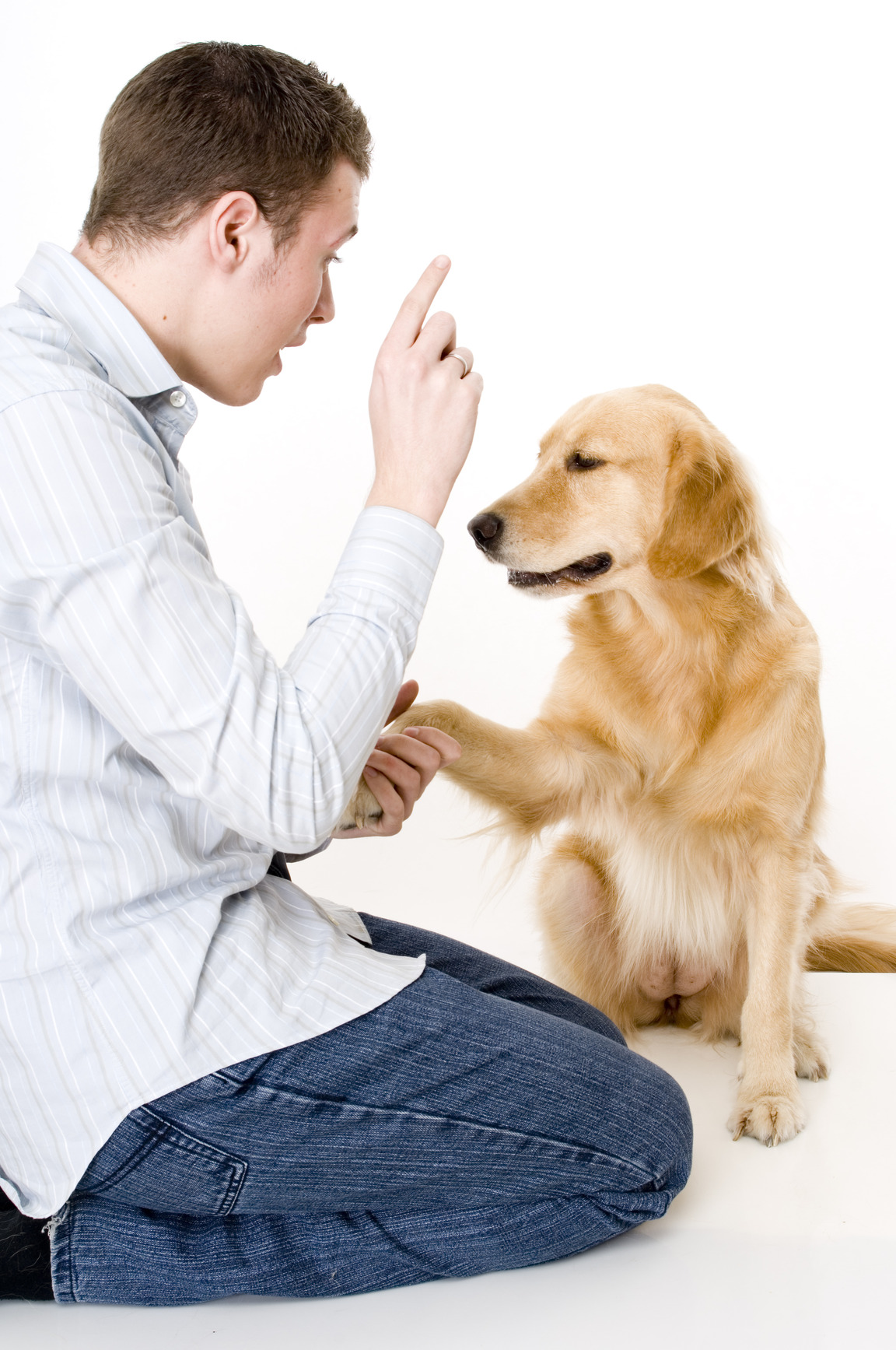
Dog Training Tips Your Dog With Thank You For
You have a dog that you wish to enter into the service industry by taking care of special needs individuals. This requires not only a special dog, but also careful training to ensure that the dog will be a good fit for anyone. This article was written to answer some of your questions about dog training.
Make sure your dog's diet is appropriate for him. If your dog is a lazy dog who likes to lounge around all day, you don't want to give him the high protein food a dog who herds sheep would receive. This can cause problems and high vet bills down the road.
Most dogs respond better to positive reinforcement rather than negative punishment. If you're trying to train your dog, reward him for good behavior and only scold him if absolutely necessary. Your dog will remember the reward for good behavior more distinctly than the punishment for bad behavior, making rewarding more effective.
Be generous with rewards when training your dog. Do not be afraid of giving too much praise or too many treats. Rewarding your dog encourages him to continue the behavior that led up to the reward. Do not be afraid of spending too much time with training your dog. It will pay off.
When potty training your dog, be consistent. Establish one, specific place for your dog to do his business. Take him there at the same times daily (e.g. when you first get up in the morning, when you get home from work, and just before bed). Praise your dog when he does his business in the right place at the right time. If he has an accident in the house, tell him "No!" firmly, and take him out to his potty place.
The first step in your puppy training would be to teach him his name. This will create a nice bond between the two of you. You will want to use his name quite frequently, so he learns it and will come to you when you use it. Usually this simple command "come" and their name, are what they learn first. Be sure to spend lots of quality time with your puppy, so that he will learn to know and trust you. This helps to build a relationship that will make it easier to train your puppy.
When training a troublesome dog there are many different techniques that one can use. However a key factor is establishing that one is dominant over the dog they are trying to train. By ensuring that the dog knows who is in charge it will guarantee that the dog is listening to the person trying to train it.
Sometimes a dog trainer must punish their dog. Punishment does not eliminate the behavior the trainer wants to discourage, though; it merely suppresses it. Canny trainers know that punishing a dog only encourages them to hide the behavior for which they are being punished. It is better to entirely replace an undesirable behavior than to punish a pet for engaging in it.
In conclusion, preparing a dog for the special needs service industry, requires not only a special dog and special training techniques, but also a lot of patience and knowledge from the trainer, as well. If you accurately follow the tips and tricks provided in this article, then you should find success with your dog.
If you are looking for more information on how to help your dogs with their training, we can help you find the best professionals to help you. We are always ready to provide the training services that you need for your dogs.
